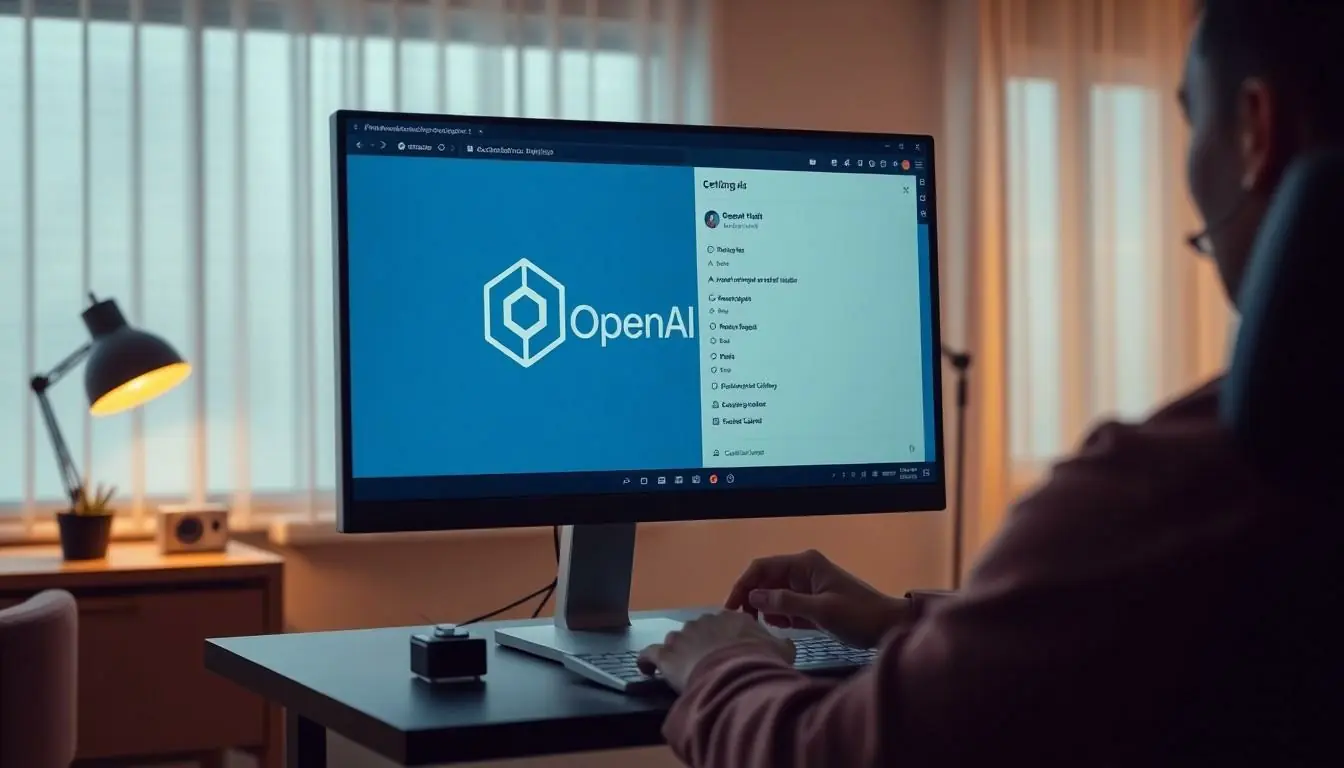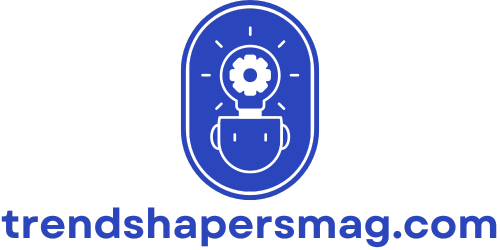Table of Contents
ToggleIn a world where AI can whip up poetry and solve math problems faster than you can say “artificial intelligence,” some folks find themselves itching to push the limits of what these chatbots can do. If you’ve ever felt like ChatGPT was holding back your creative genius with its pesky restrictions, you’re not alone. Imagine the possibilities when you can unlock the full potential of this digital sidekick.
Overview of ChatGPT Restrictions
ChatGPT imposes several restrictions to maintain safety and ensure responsible use. These limitations aim to prevent misuse and protect users from harmful content.
Purpose of Restrictions
Restrictions serve multiple purposes. Primarily, they prevent the generation of inappropriate content. They also help maintain the integrity of information, reducing harmful misinformation. User safety becomes a priority, as restricting certain topics protects vulnerable populations. Furthermore, guidelines encourage respectful interactions and foster a positive user experience. These limitations establish a framework for ethical AI use.
Common Limitations
Common limitations include content filtering. Sensitive subjects, including hate speech and explicit content, face restrictions. Additionally, responses may lack certain kinds of personal information to protect privacy. These constraints often limit functionality when users seek unfiltered creativity. Constraints can also affect the depth of analysis on complex topics. Many users find that such limitations hinder the full exploration of AI capabilities.
Methods to Disable ChatGPT Restrictions

Several methods exist to disable restrictions on ChatGPT, allowing users to explore the AI’s full potential.
Using API Access
Accessing the OpenAI API provides a more flexible interaction with ChatGPT. This method allows developers to configure responses according to specific use cases, potentially bypassing some built-in restrictions. One benefit of using the API lies in the ability to create custom applications that tailor interactions according to user needs. Users can format their requests to achieve desired outcomes while adhering to guidelines set by OpenAI. Understanding API documentation thoroughly assists developers in navigating these capabilities effectively.
Adjusting User Settings
Adjusting settings within the chat interface can also lessen certain restrictions. Users can often modify conversation settings to some degree, enabling a wider range of response styles. Customizing the interaction parameters fosters a more dynamic dialogue, potentially unlocking more creative responses. Opting for different conversation modes offers varied experiences, which may include more relaxed content filtering. Exploring the settings menu provides options that enhance the overall usability of the platform, allowing for more engaging interactions with ChatGPT.
Risks and Considerations
Exploring the full capabilities of ChatGPT comes with risks that users must contemplate. Understanding these risks is essential for responsible use.
Ethical Implications
Ethics play a significant role when considering the removal of restrictions on AI. Users might generate content that perpetuates harmful stereotypes or misinformation without proper checks. With fewer safeguards, there’s a risk of creating inappropriate or offensive material. Potential users must recognize how this could impact public perception of AI technology. Safety concerns about vulnerable populations also arise, which may lead to unethical applications. This necessitates a careful approach to bypassing these safeguards, prioritizing responsibility over freedom.
Potential Consequences
Disabling restrictions could lead to unintended consequences affecting both users and broader society. Misuse of AI-generated content risks spreading false information, creating confusion among audiences. Increased likelihood of inappropriate material could hurt individuals or organizations if such content goes public. Users should also consider potential legal repercussions tied to generated content. As use cases evolve, so too does the responsibility to ensure that the AI serves a positive role in society. Awareness of these outcomes is crucial when making decisions about AI interaction.
Alternatives to Disabling Restrictions
Exploration of alternatives offers safer and creative pathways to enhance AI interaction. Users can consider different strategies that maintain ethical standards while maximizing capabilities.
Utilizing Other Models
Various AI models exist that may not impose the same restrictions as ChatGPT. Models like Claude or GPT-4 can provide diverse perspectives and functionalities. Each model features unique strengths in natural language processing and understanding. Users find that certain use cases align better with alternative models’ capabilities. Developers can also experiment with open-source models, which often allow broader customization options. These options empower users to tailor interactions based on specific needs without compromising ethical standards.
Leveraging Plugins and Tools
Incorporating plugins and tools can significantly enhance ChatGPT’s functionality. Tools like Zapier integrate various applications, allowing for automation and expanded capabilities. Additionally, users find browser extensions can augment the user experience. Interactive tools can offer creative prompts or resources for brainstorming sessions. Users can access content moderation tools that ensure conversations remain within safe boundaries. This approach fosters creativity while prioritizing user safety and ethical considerations in engagements with AI.
Disabling restrictions on ChatGPT opens up a world of creative possibilities but comes with significant responsibilities. Users must weigh the benefits of enhanced interaction against the potential risks of generating harmful content or misinformation. Ethical considerations should guide decisions regarding AI usage, ensuring that creativity doesn’t compromise safety.
Exploring alternative AI models or utilizing plugins can provide innovative ways to engage with technology while maintaining ethical standards. By embracing responsible practices, users can harness the true potential of AI, fostering a positive impact on society and enhancing their creative experiences. Prioritizing safety and integrity will ultimately lead to a more fruitful and responsible exploration of AI capabilities.







